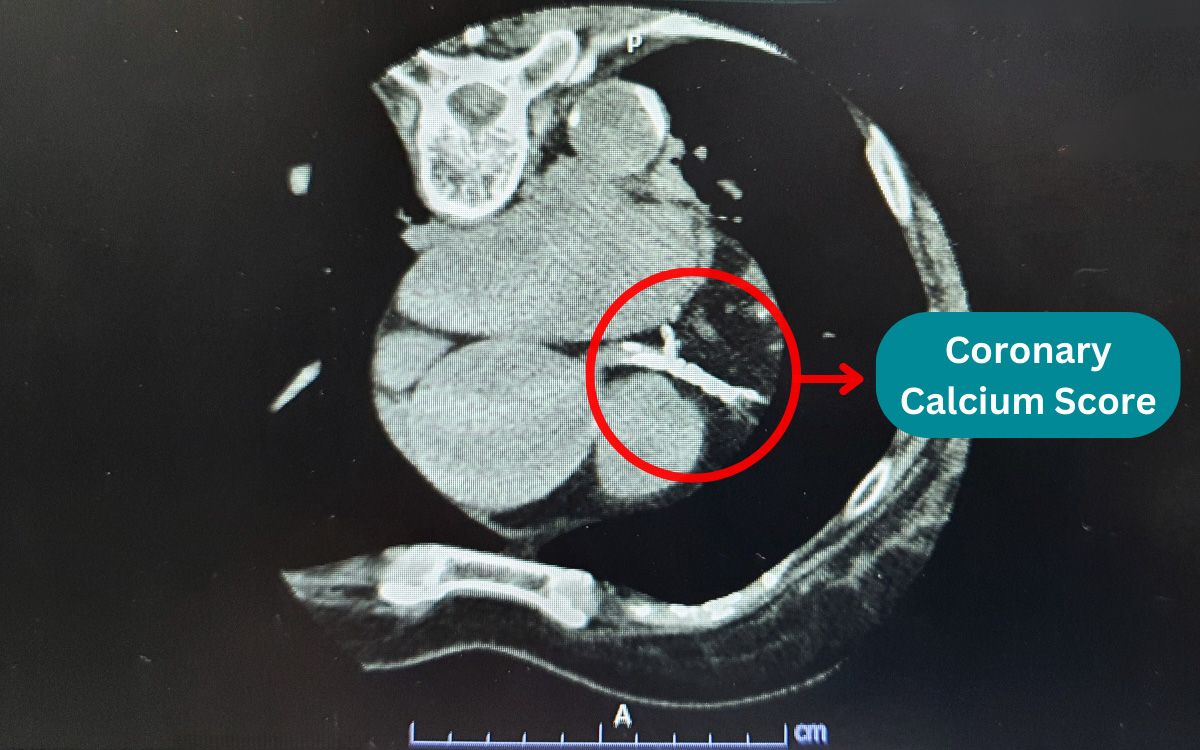Health Articles
Knowledge
Calcified Plaque in the Coronary Arteries: The Silent Killer!

Understanding the Causes of Blockage
Many people believe that coronary artery disease develops only with age. However, coronary artery problems can begin much earlier in life. The risk starts in youth when fatty deposits (fatty streaks) begin to form in the coronary arteries. Over time, these deposits thicken, eventually leading to artery blockages.
Dr. Anupong Parinayok, a cardiologist at Praram 9 Heart and Vascular Institute, explains that the problem begins when the inner lining of blood vessels becomes inflamed and dysfunctional, often due to chronic conditions such as diabetes, high blood pressure, and high cholesterol. Lifestyle factors, such as smoking, also play a significant role. These factors make the blood vessel walls more prone to inflammation, allowing oxidized LDL cholesterol to infiltrate and accumulate within them. Over time, this buildup forms plaques and calcium deposits in the coronary arteries. If these plaques rupture, they can trigger the formation of a blood clot, leading to an acute heart attack. At this stage, quick medical intervention is crucial to prevent life-threatening complications. Ideally, however, it is best to prevent reaching this stage.

Dr. Anupong emphasizes that calcium buildup in coronary arteries is key to detecting early blockages. Early detection can help slow or even halt the progression of artery narrowing.
Advanced Screening Technology
Today, coronary artery calcium can be easily detected with a non-invasive CT coronary calcium score scan. This scan does not require contrast dye or any invasive procedures. It is highly effective at identifying early signs of coronary artery disease and can have a life-changing impact on one’s health.
“Blood tests for diabetes or high cholesterol alone are not enough to confirm the condition of coronary arteries. Coronary artery calcium scoring is vital in identifying blockages,” explains Dr.Anupong.

Learn More about the “CT Coronary Calcium Score”
About the Author







